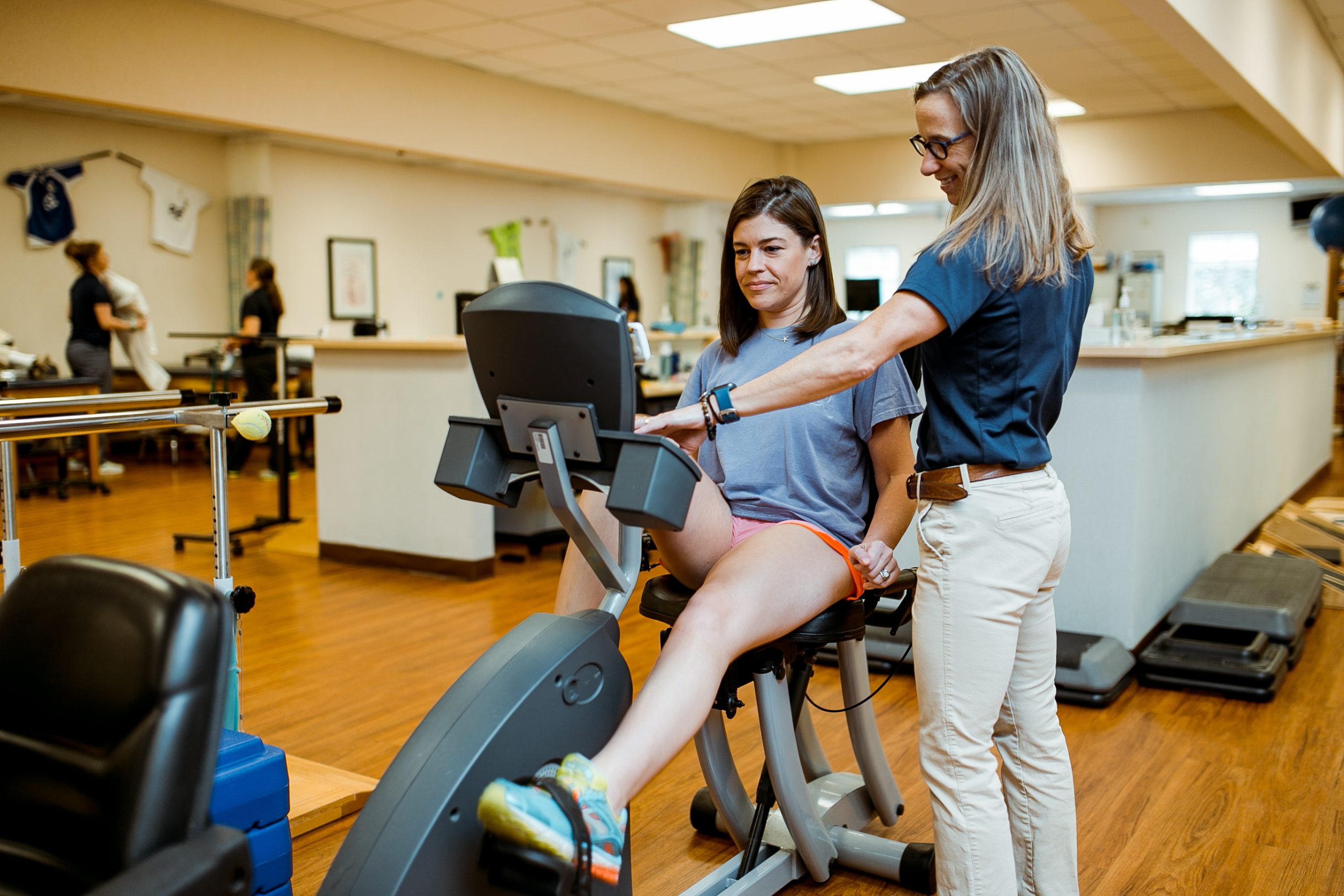The Essential Impact of Resistance Training on Improving Recovery and Performance in Athletic Rehabilitation
The Essential Impact of Resistance Training on Improving Recovery and Performance in Athletic Rehabilitation
Blog Article
Strength training plays a crucial part in athletic rehabilitation, assisting sportspeople recover from traumas and improve their overall performance. When an individual gets hurt, their body requires period to heal. However, during this recovery period, it is crucial to preserve power and flexibility to prevent additional injuries. Resistance conditioning can be customized to fit the requirements of each athlete, concentrating on specific muscle areas that may have been affected by the injury. This targeted approach not only assists in recovery but also readies the athlete to come back to their activity more robust than before.
One of the primary advantages of strength conditioning in recovery is its ability to enhance muscular strength and stamina. When muscles are more powerful, they can more effectively support articulations and reduce the chance of re-injury. For example, an athlete healing from a knee injury can gain from exercises that fortify the thigh muscles and hamstrings. These muscular tissues play a vital part in supporting the leg joint. By including strength conditioning into their rehabilitation plan, individuals can regain their power more efficiently and safely.
In furthermore to developing power, strength training also enhances flexibility and scope of movement. Many traumas can lead to rigidity in the affected region, making it difficult for athletes to move easily. Resistance conditioning workouts often involve stretching and elongating the muscular tissues, which can assist restore mobility. For example, adding resistance bands or dumbbells into stretching programs can improve the effectiveness of these Continue exercises. As mobility improves, individuals can perform actions more efficiently, which is essential for optimal capabilities in their activity.
Another crucial factor of resistance conditioning in athletic recovery is its beneficial effect on psychological well-being. Recovering from an injury can be a difficult and exasperating experience for athletes. Engaging in strength training can provide a feeling of achievement and enhance confidence. As athletes see improvements in their power and abilities, they may feel more motivated to persist their recovery journey. This mental uplift can be just as crucial as the physical benefits, as a optimistic attitude can lead to better results in rehabilitation.
Finally, strength conditioning can help individuals move back to their activity more smoothly. Once they have regained their power and mobility, athletes must to rehearse sport-specific movements to guarantee they are prepared for competition. Resistance conditioning can be combined with sport-specific drills to create a comprehensive recovery plan. This combination allows individuals to not only heal but also enhance their performance. By concentrating on both recovery and performance, resistance training becomes an crucial instrument in the rehabilitation process, assisting athletes return to their activity stronger and more resilient.